Now I have enough information to write the complete content. Let me create 20 unique 1980s house exterior ideas following the detailed instructions provided.The 1980s brought a revolutionary approach to residential design that celebrated both bold innovation and sophisticated minimalism. This decade ushered in the "contemporary" style, which often used neutral stucco instead of traditional siding, while houses tended to get bigger and exteriors got more eclectic. Neutral tones like beige and taupe were paired with dark wood finishes, while postmodern homes pushed boundaries with pops of pink, turquoise, and bright yellow. From geometric architectural elements to striking material combinations, 1980s exterior design ideas continue to inspire modern homeowners seeking to create distinctive, character-rich facades. These timeless concepts blend functionality with aesthetic appeal, offering countless ways to transform your home's curb appeal while honoring the decade's innovative spirit.
1. Neutral Stucco Siding Systems
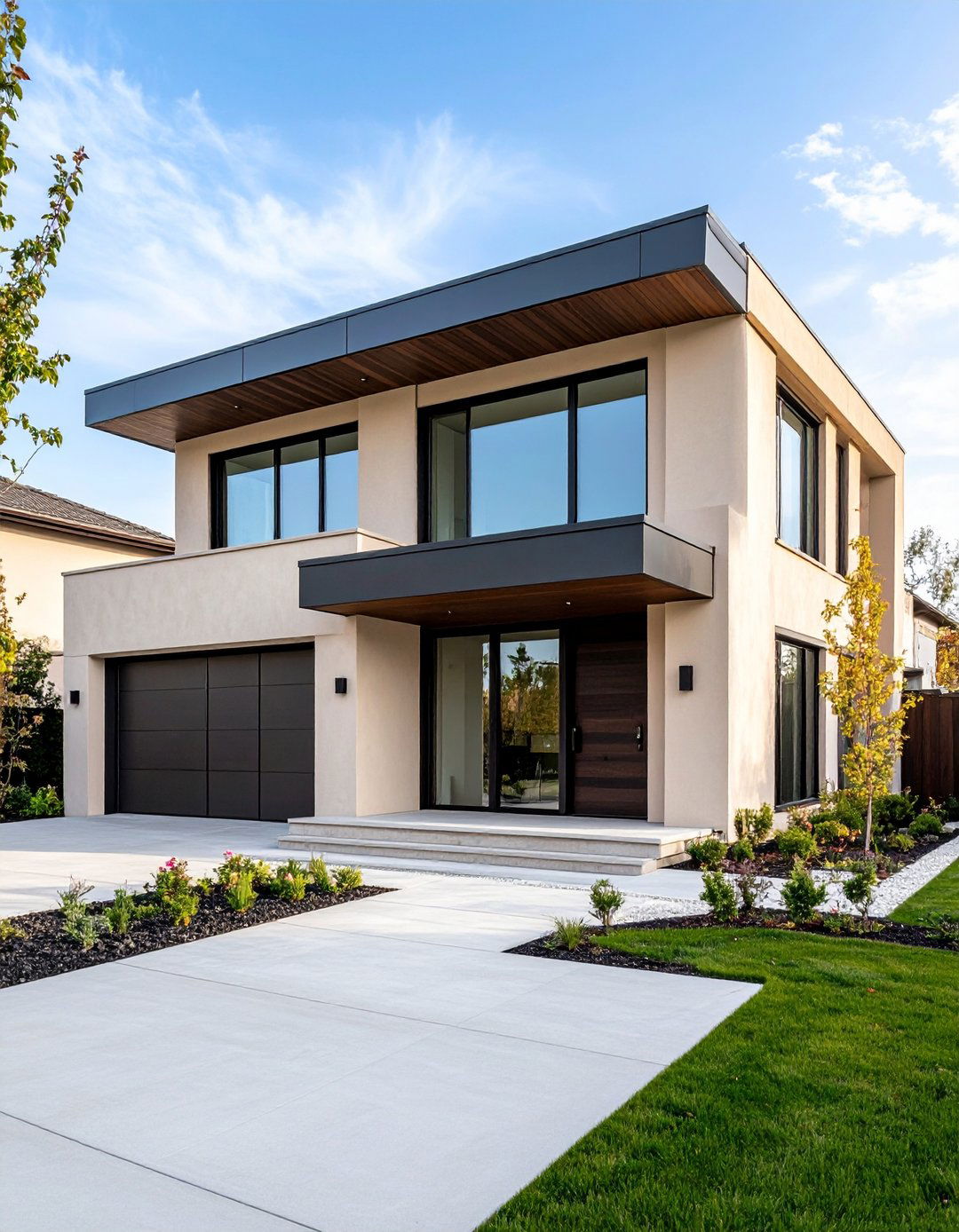
Synthetic stucco made a comeback during the 1980s in the U.S. as a less expensive alternative to real stucco. This versatile exterior material became synonymous with contemporary 1980s house design, offering smooth, clean lines that emphasized geometric architectural forms. Choose warm beige, soft taupe, or creamy off-white stucco finishes to create that authentic 1980s aesthetic while maintaining modern appeal. The seamless appearance of stucco siding eliminates visual clutter, allowing other architectural elements like large windows or bold entry doors to take center stage. Modern stucco systems provide excellent durability and energy efficiency, making them both stylish and practical for today's homeowners seeking that distinctive 1980s contemporary look.
2. Cedar Horizontal Siding with Natural Stain
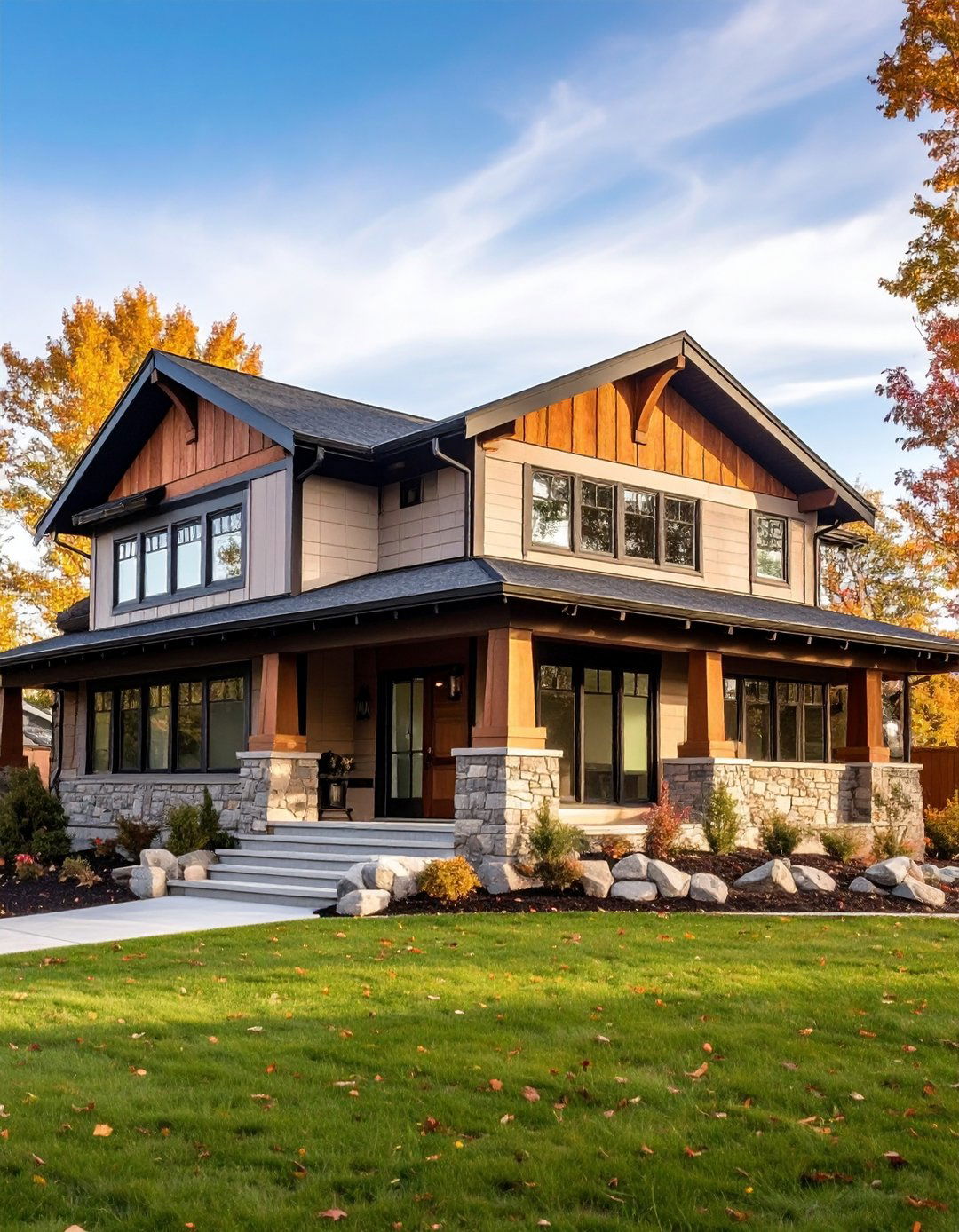
Cedar siding was original to many 1980s homes, though it had been painted over the years. The natural warmth and texture of cedar horizontal siding perfectly captured the decade's appreciation for organic materials combined with clean, contemporary lines. Opt for wide horizontal cedar planks with a natural or honey-toned stain to showcase the wood's beautiful grain patterns. This approach creates visual width while maintaining the streamlined appearance that defined 1980s architecture. Cedar siding weathers beautifully over time, developing a distinguished patina that adds character. Regular maintenance ensures longevity, while the natural insulation properties of cedar contribute to energy efficiency, making this classic 1980s exterior choice both environmentally conscious and timeless.
3. Mixed Material Facades

The 1980s embraced architectural diversity through strategic combinations of contrasting materials on single facades. Combine smooth stucco with natural wood accents, or pair brick sections with sleek metal panels to create dynamic visual interest. There's an interest now in using a variety of materials to highlight special features on a home, such as using stone or Western red cedar to highlight an entry. This approach allows different exterior zones to serve distinct purposes while maintaining overall design cohesion. Consider using stucco for main wall surfaces while incorporating cedar or stone accents around entryways, window surrounds, or architectural focal points. The key lies in maintaining proportion and balance, ensuring that no single material overwhelms the composition while each contributes to the home's sophisticated, multi-layered appearance.
4. Large Picture Windows and Glass Walls
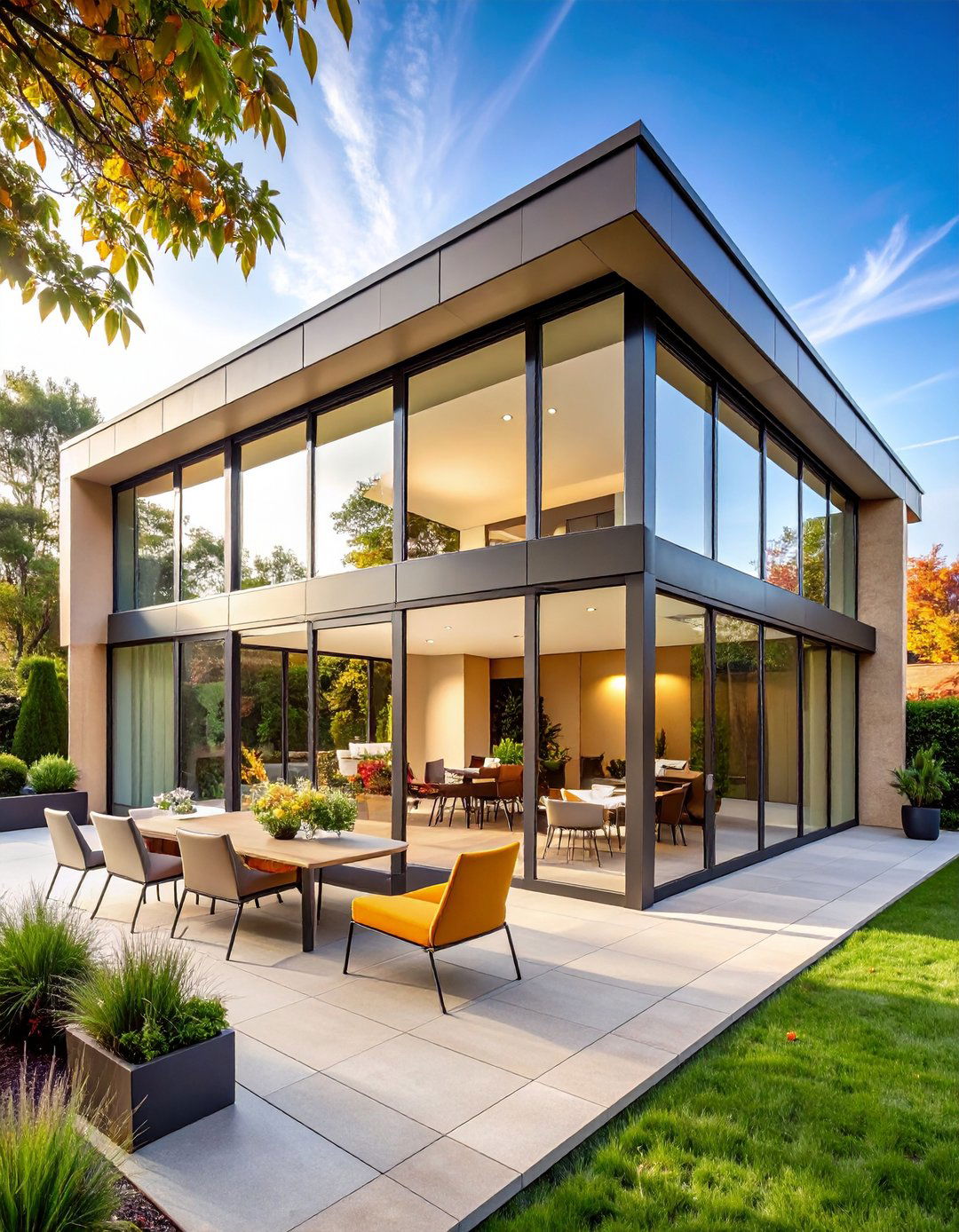
Large windows and sliding doors that connected indoor spaces with outdoor patios became defining features of 1980s contemporary architecture. These expansive glass surfaces maximized natural light while creating seamless connections between interior and exterior spaces. Install floor-to-ceiling windows in living areas, or create dramatic window walls that serve as focal points for your home's facade. The clean lines of large picture windows complement the geometric sensibilities of 1980s design while providing practical benefits like improved natural lighting and enhanced views. Modern high-performance glass options offer superior energy efficiency compared to original 1980s installations, allowing you to capture the aesthetic while improving comfort and reducing utility costs.
5. Asymmetrical Rooflines and Geometric Forms

Asymmetrical roofs in postmodern architecture featured geometric shapes and an emphasis on simplicity. These bold architectural statements rejected traditional symmetrical designs in favor of dynamic, sculptural forms that created visual intrigue. Consider adding geometric roof extensions, angular dormers, or contrasting roofline heights to create that distinctive 1980s contemporary appearance. These elements work particularly well when combined with large windows and clean siding materials. The key is maintaining balance despite asymmetry, ensuring that unusual roof forms enhance rather than overwhelm the overall design. Modern construction techniques make these bold rooflines more practical and weather-resistant than their 1980s predecessors while preserving their striking visual impact.
6. Beige and Taupe Color Palettes
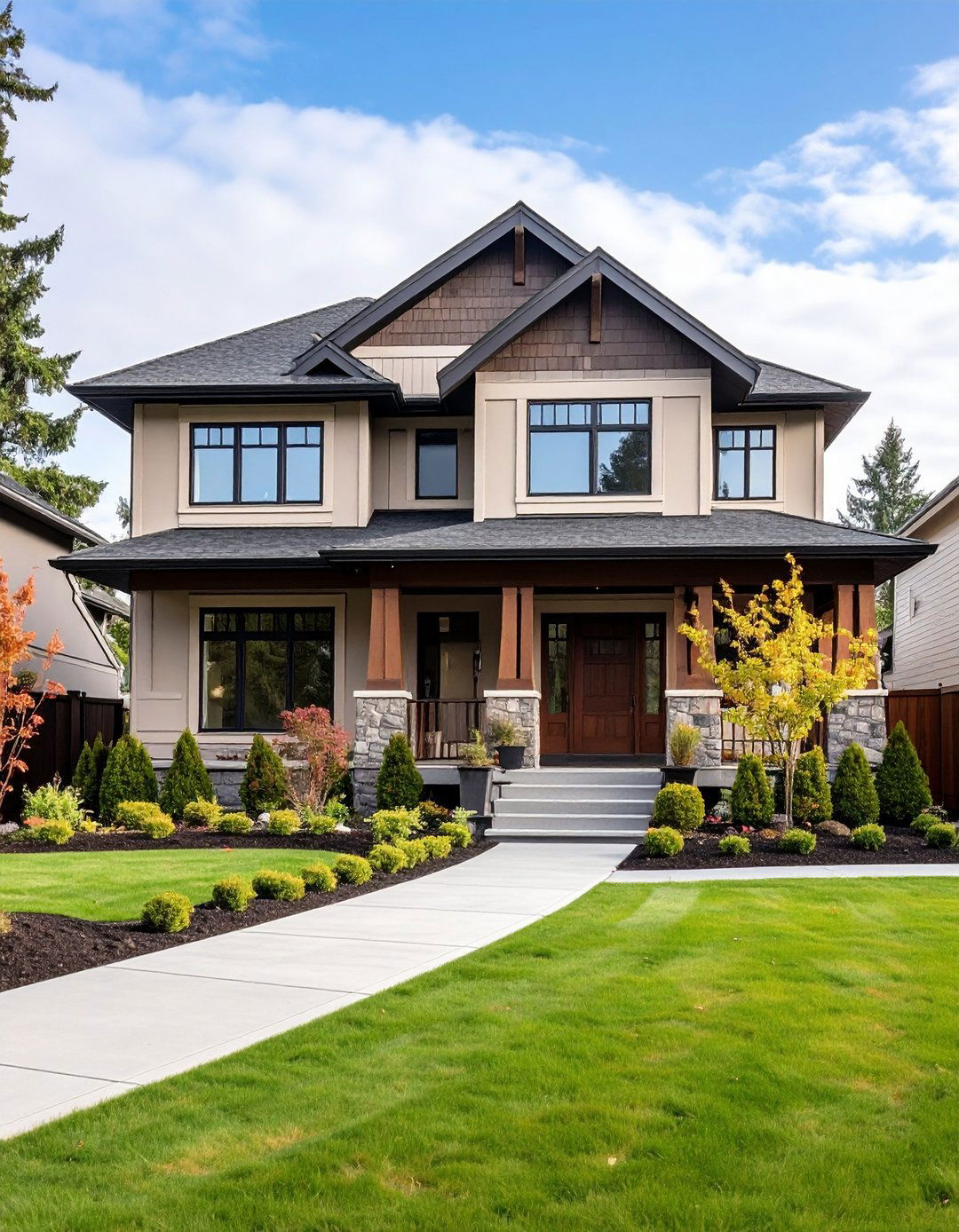
Neutral tones like beige and taupe were paired with dark wood finishes to create sophisticated, timeless exterior color schemes that defined 1980s residential design. These warm neutral hues provided elegant backdrops that complemented natural materials while maintaining visual cohesion. Select rich, creamy beige or warm taupe for main siding areas, then add depth with slightly darker trim colors or natural wood accents. These colors work exceptionally well with contemporary architectural forms, softening hard edges while maintaining clean, modern lines. The versatility of beige and taupe allows them to complement various landscape styles and neighboring homes, ensuring your 1980s-inspired exterior feels both distinctive and harmonious within its environment.
7. Bold Geometric Entry Doors
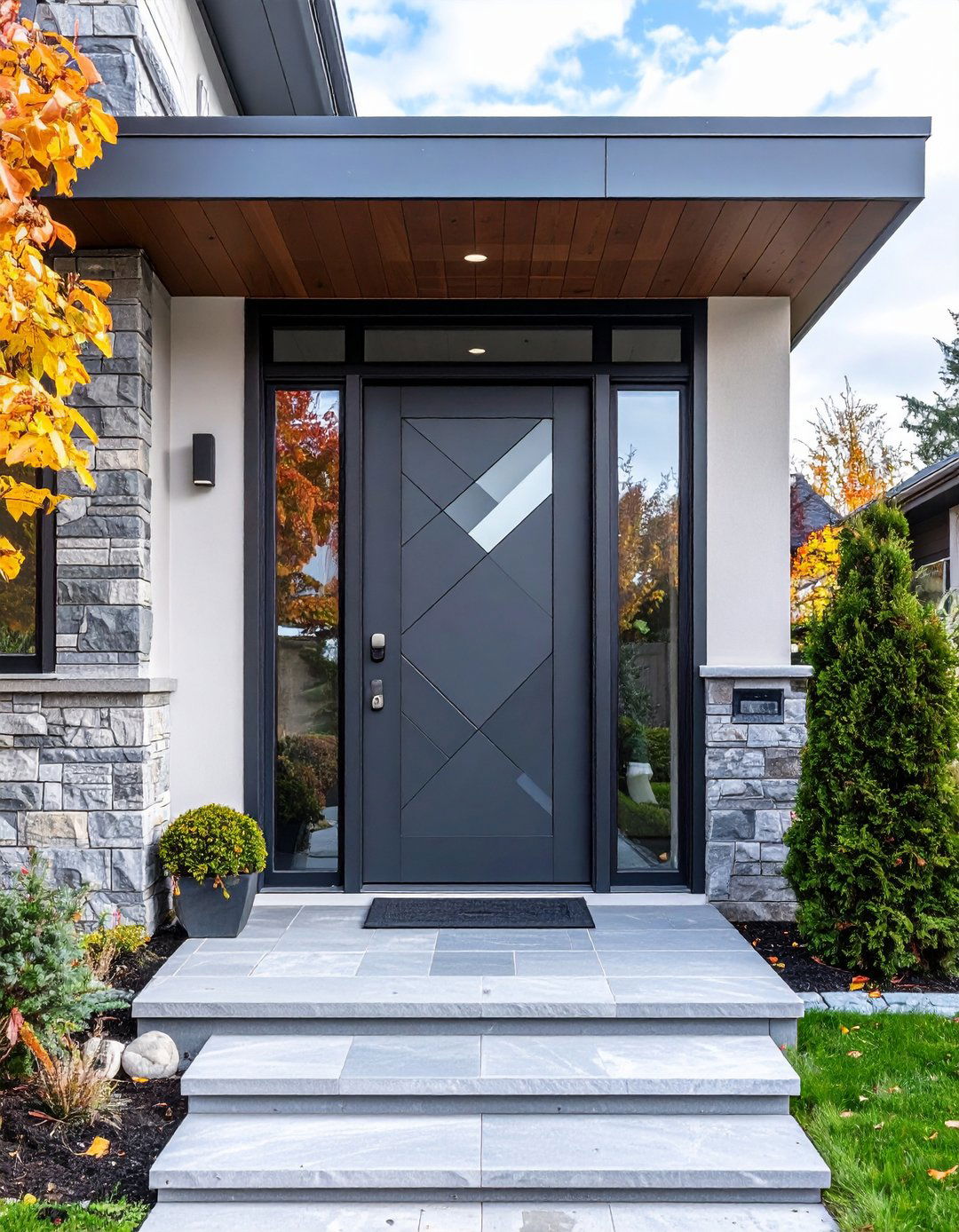
Transform your home's entrance with a striking geometric entry door that captures the innovative spirit of 1980s design. Choose doors featuring angular panels, diagonal elements, or contemporary hardware that emphasizes clean lines and modern functionality. Black Magic is softer than Tricorn Black, but it's still black, making Iron Ore look more like a dark charcoal. Consider bold colors like deep navy, charcoal gray, or even bright accent hues that contrast beautifully with neutral siding. The door should serve as a focal point while maintaining proportion with the overall facade. Modern materials like fiberglass or steel offer superior durability and security compared to original 1980s doors, while contemporary hardware and glass inserts can add sophisticated finishing touches.
8. Skylights and Roof Windows
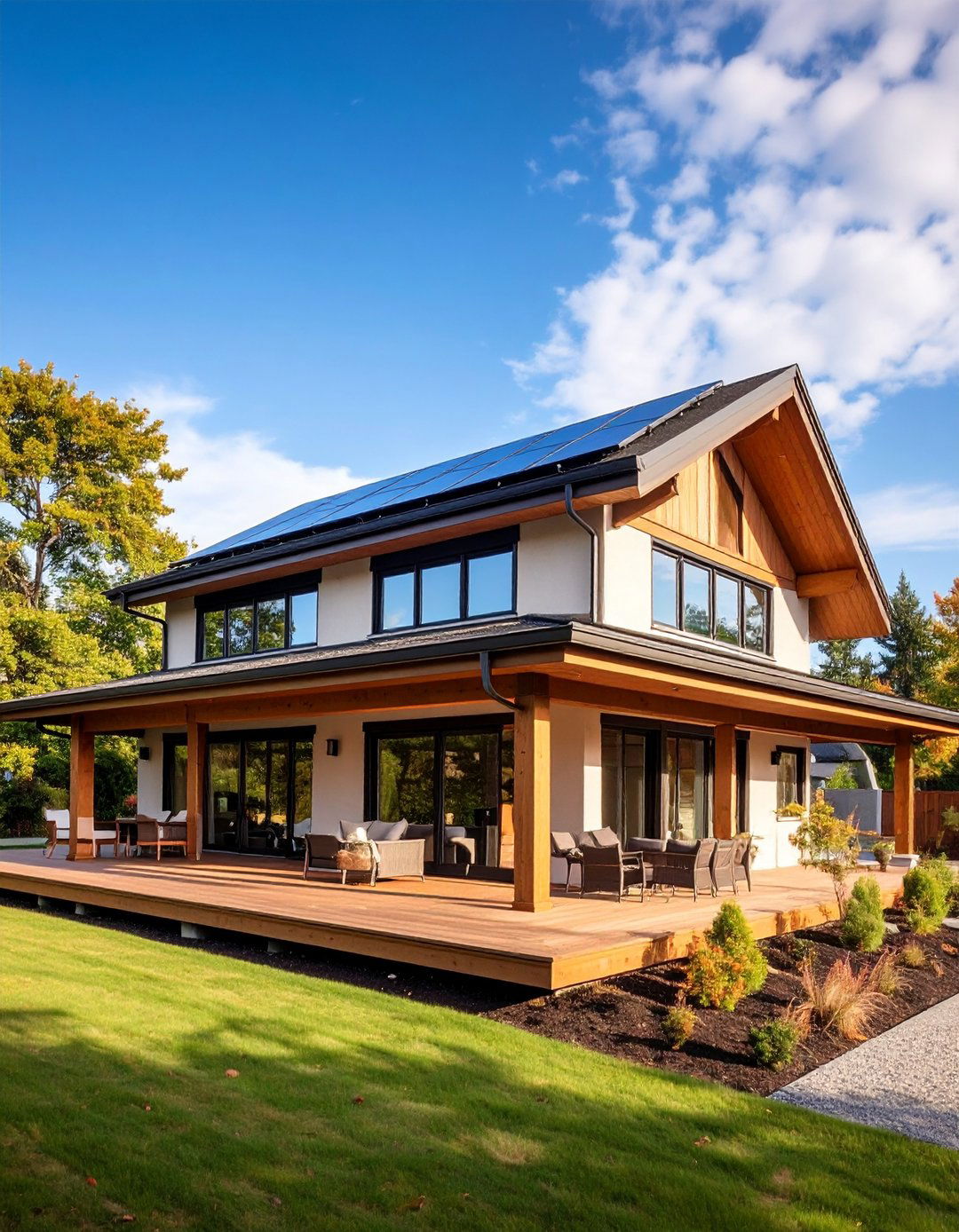
Skylights were increasingly common, emphasizing natural light in 1980s home design philosophy. These architectural features brought abundant daylight into interior spaces while creating interesting roof line variations that enhanced exterior visual appeal. Install strategically placed skylights above living areas, kitchens, or hallways to maximize natural illumination throughout your home. Modern skylight technology offers superior energy efficiency, weather resistance, and UV protection compared to 1980s installations. Choose low-profile designs that maintain clean roof lines while providing maximum light penetration. Skylights work particularly well with contemporary architectural styles, adding functional beauty that enhances both interior comfort and exterior aesthetics.
9. Horizontal Siding with Clean Lines
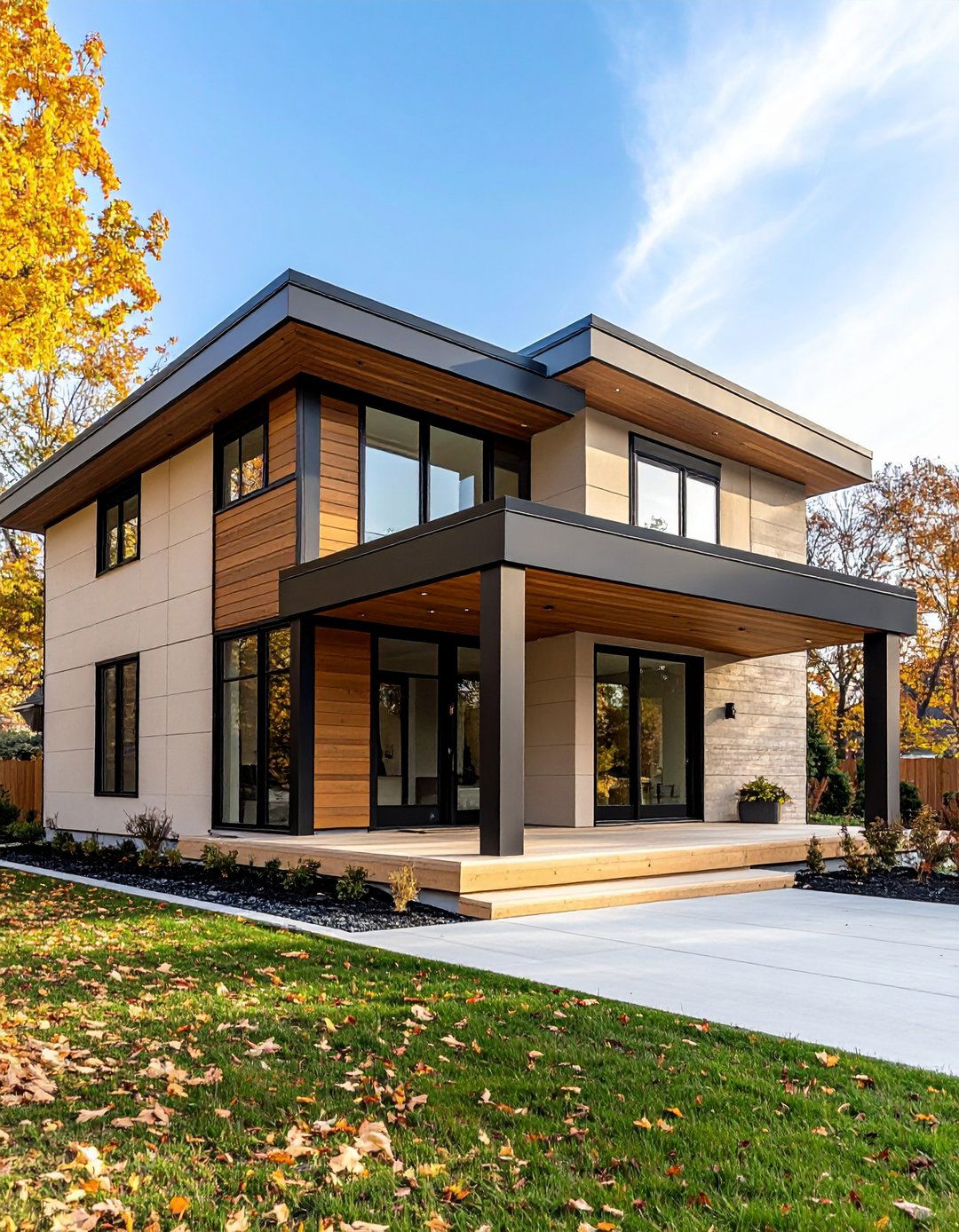
Horizontal siding much better than the original diagonal cedar became the preferred approach for creating the streamlined appearance that defined 1980s contemporary architecture. Wide horizontal boards emphasize the home's width while maintaining clean, uncluttered lines that complement modern design principles. Choose fiber cement, vinyl, or engineered wood siding in consistent widths to achieve that characteristic 1980s look. The horizontal orientation works particularly well with ranch-style homes or contemporary designs, creating visual continuity that makes homes appear larger and more sophisticated. Modern siding materials offer superior durability and lower maintenance requirements while preserving the clean aesthetic that made 1980s horizontal siding so appealing.
10. Integrated Outdoor Living Spaces
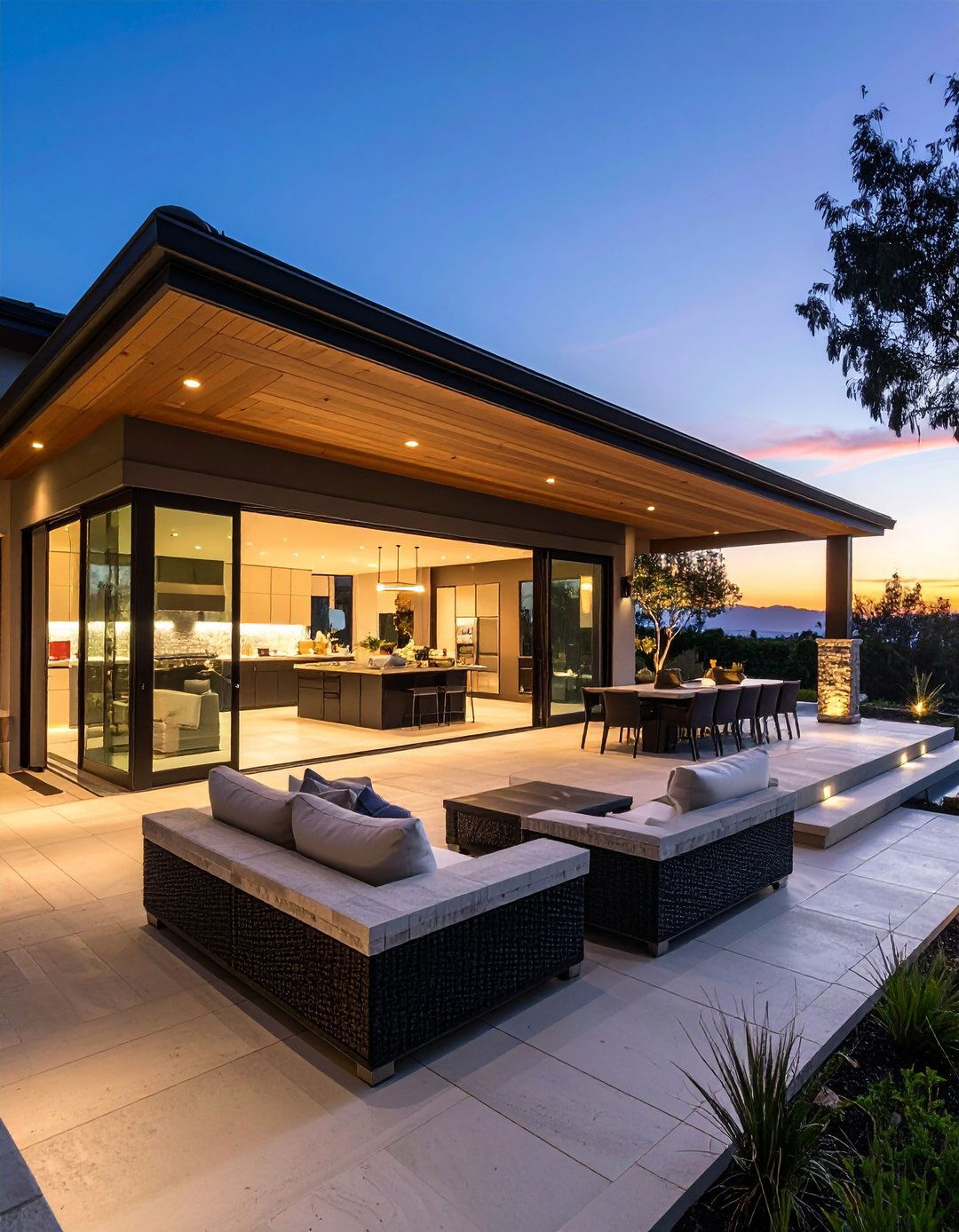
The 1980s pioneered the concept of seamless indoor-outdoor living through strategically designed patios, decks, and covered outdoor areas that extended the home's living space. Create covered patios with matching rooflines, or design deck systems that complement your home's architectural style and exterior materials. Large windows and sliding doors that connected indoor spaces with outdoor patios were key features that enhanced this integration. Use consistent materials and color schemes between indoor and outdoor spaces to maintain visual continuity. Consider adding outdoor kitchens, fire features, or built-in seating that reflects the clean lines and geometric forms of 1980s design while providing functional outdoor entertainment areas.
11. Bronze and Dark Metal Accents
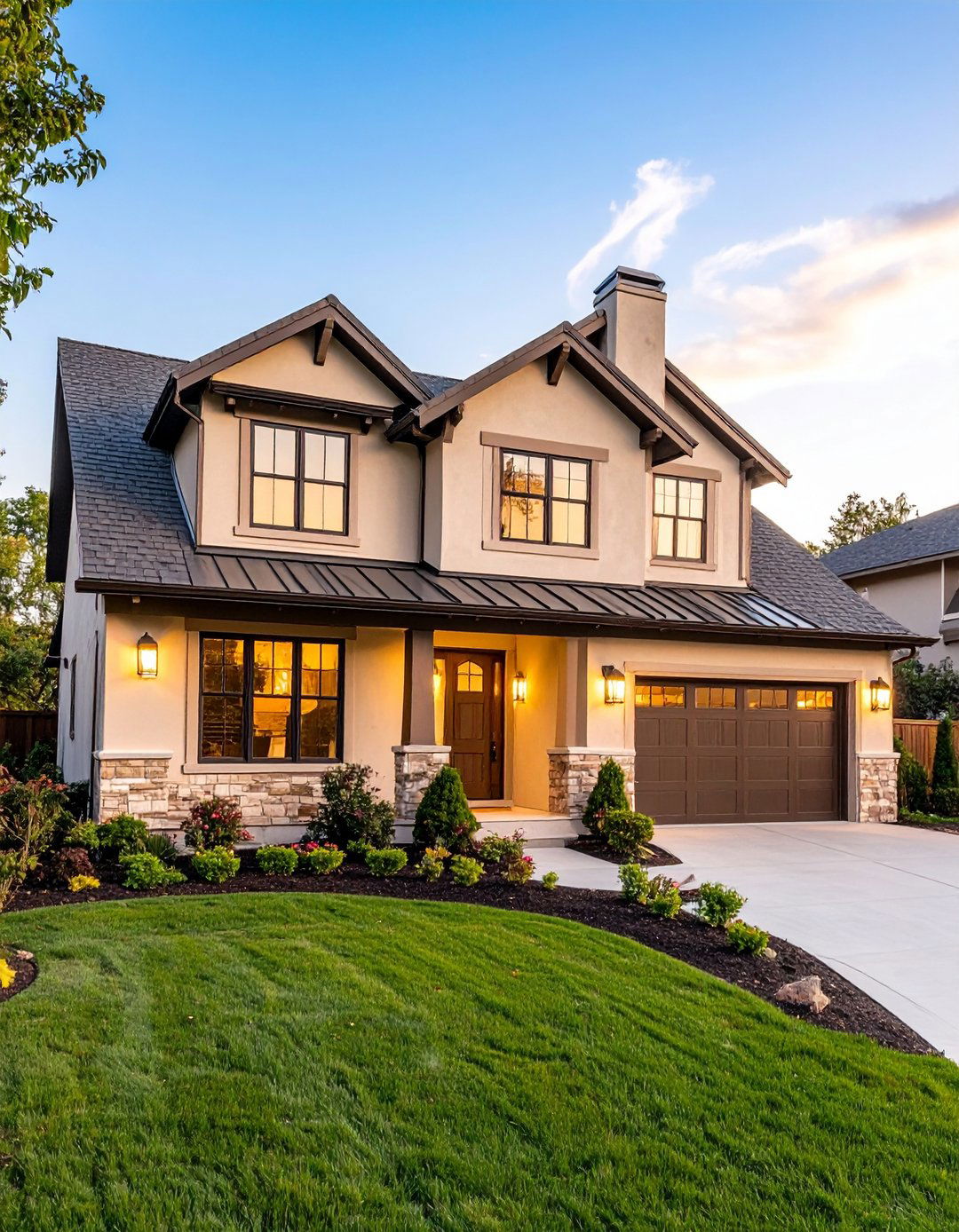
Bronze colored windows and bronze gutters became signature elements of 1980s contemporary exterior design, providing sophisticated metallic accents that complemented neutral color schemes. These warm metal tones add depth and richness without overwhelming the overall design composition. Choose bronze or dark bronze finishes for window frames, gutters, downspouts, light fixtures, and hardware elements. The consistency of metal finishes throughout the exterior creates visual cohesion while adding subtle luxury touches. Modern bronze finishes offer superior durability and weather resistance compared to original 1980s materials, ensuring long-lasting beauty with minimal maintenance requirements while preserving that distinctive 1980s aesthetic appeal.
12. Textured Stucco Finishes
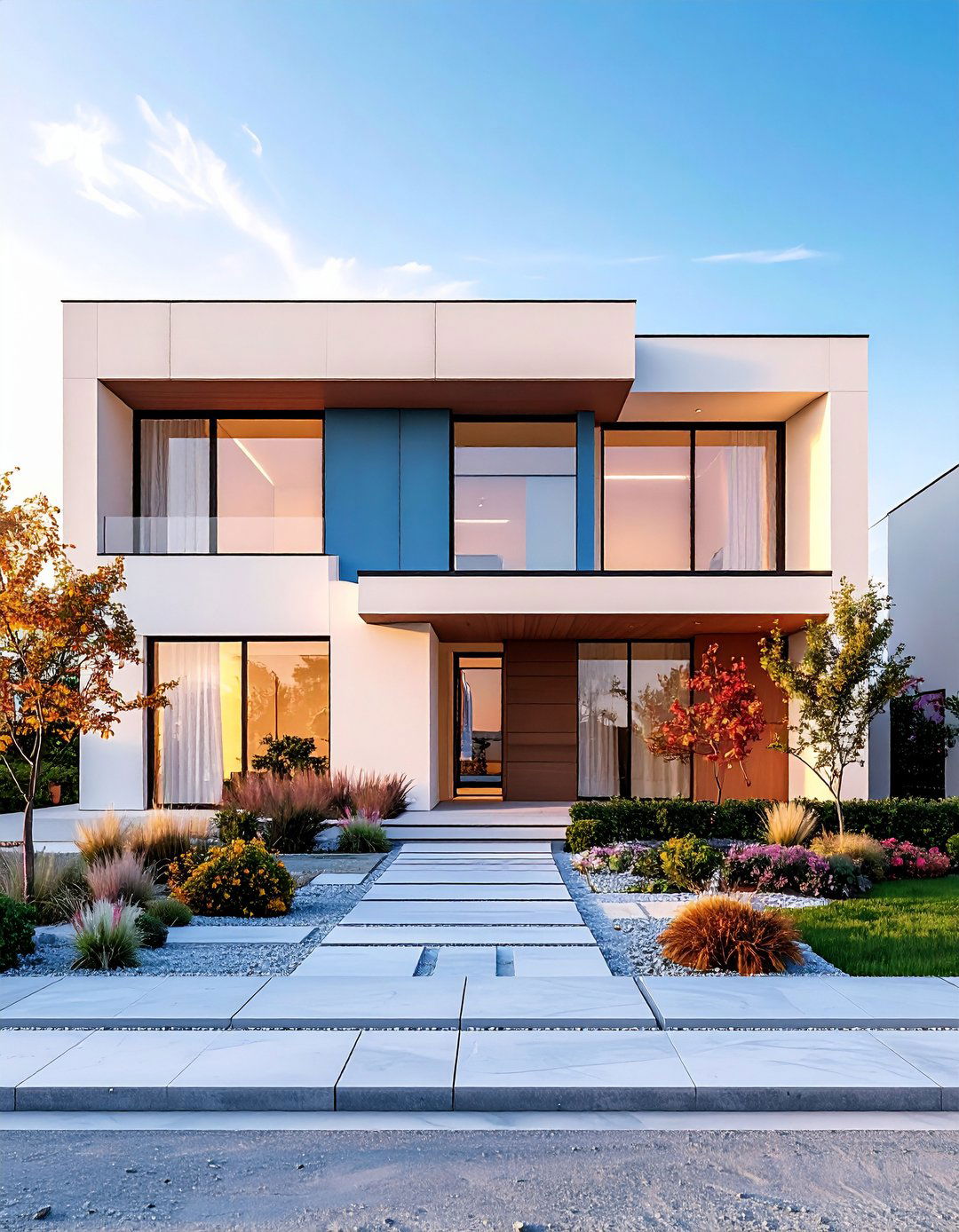
Beyond smooth stucco applications, the 1980s embraced various textured finishes that added visual interest and tactile appeal to exterior walls. Stucco can be shaped and textured to achieve various architectural styles and designs. Consider dash, sand, or lace textures that create subtle pattern variations while maintaining the clean lines characteristic of 1980s design. These textured surfaces add depth and dimension to large wall areas, preventing flat, monotonous appearances. Modern stucco techniques offer improved weather resistance and durability while allowing for creative texture combinations. Choose textures that complement your home's architectural style and provide appropriate scale for the building's size and proportions.
13. Monochromatic Color Schemes
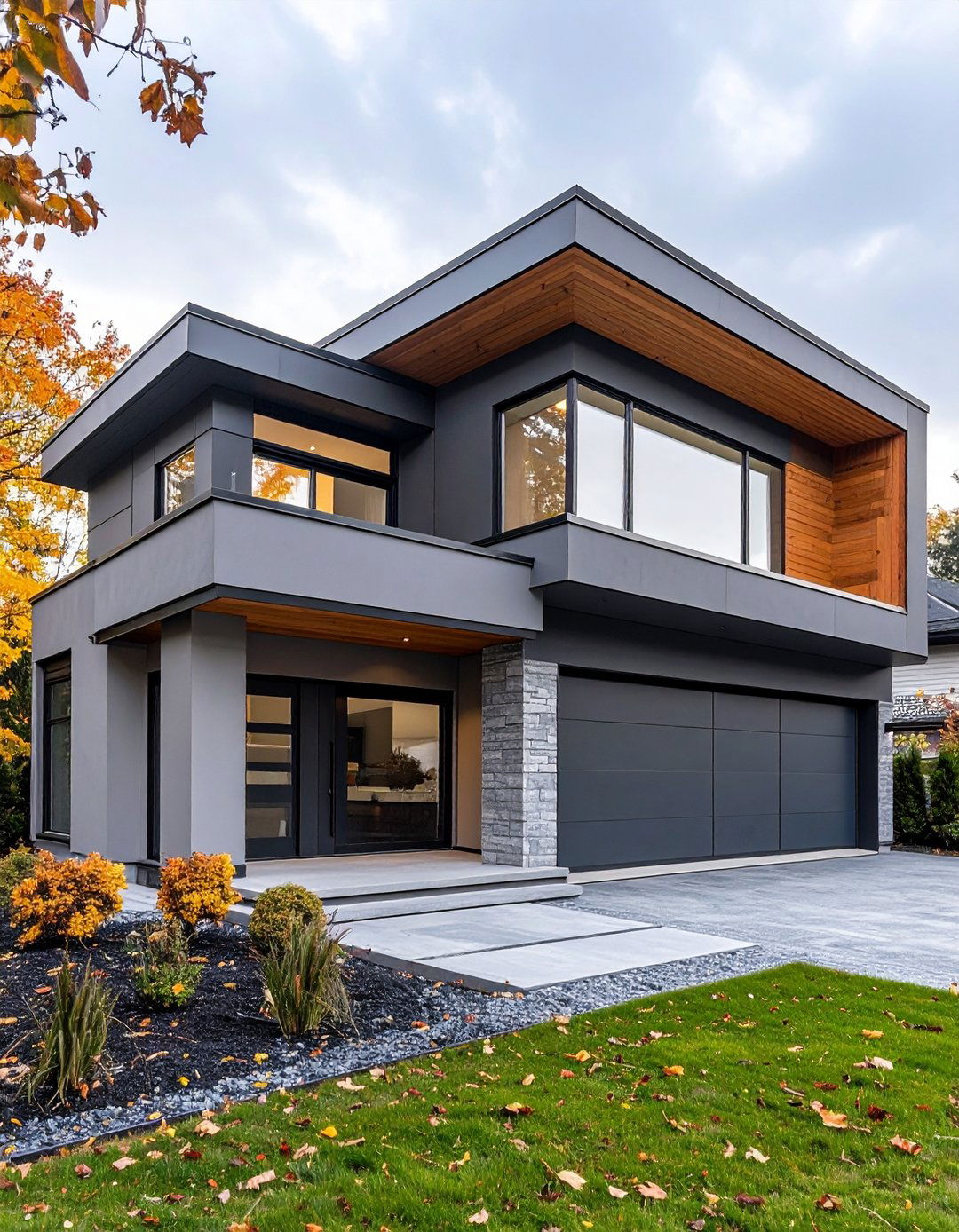
Sticking to all one color made the most sense for an 1980s contemporary exterior. This sophisticated approach eliminated visual clutter by using variations of single colors throughout the exterior composition. Select one primary color family, then use different shades and tones for siding, trim, and accents to create subtle depth without introducing competing hues. This approach works particularly well with contemporary architectural styles, emphasizing form and proportion over decorative color contrasts. Monochromatic schemes create timeless appeal that won't quickly become dated, while allowing architectural elements like rooflines, windows, and landscaping to provide visual interest. The result is a sophisticated, cohesive exterior that exemplifies 1980s design philosophy while maintaining contemporary relevance.
14. Sleek Garage Door Integration

The garage door was painted black to blend in to the new exterior color scheme became an important design consideration as 1980s architects sought to minimize visual disruption from utilitarian elements. Choose garage doors that complement your home's overall aesthetic rather than standing out as separate elements. Modern garage doors offer numerous design options, from clean contemporary panels to doors with windows that match your home's fenestration patterns. Consider materials and colors that coordinate with your siding and trim, creating seamless integration that enhances rather than detracts from your home's curb appeal. Smart garage door technology adds modern convenience while maintaining the clean, sophisticated appearance that defines quality 1980s exterior design.
15. Geometric Landscape Design

The 1980s architectural philosophy extended beyond building walls to include landscape design that complemented contemporary home exteriors with clean lines and geometric plant arrangements. Large, rectangular concrete pavers create a clean, straight pathway leading from the driveway to the front door. Design walkways, patios, and garden beds using geometric shapes that echo your home's architectural forms. Choose plants with strong structural qualities, such as ornamental grasses, boxwood hedges, or architectural succulents arranged in linear or curved patterns. Modern landscape design techniques can create low-maintenance gardens that capture the 1980s aesthetic while providing year-round appeal. The goal is creating outdoor spaces that feel intentionally designed rather than randomly planted, reflecting the decade's emphasis on purposeful, sophisticated design.
16. Contemporary Window Arrangements
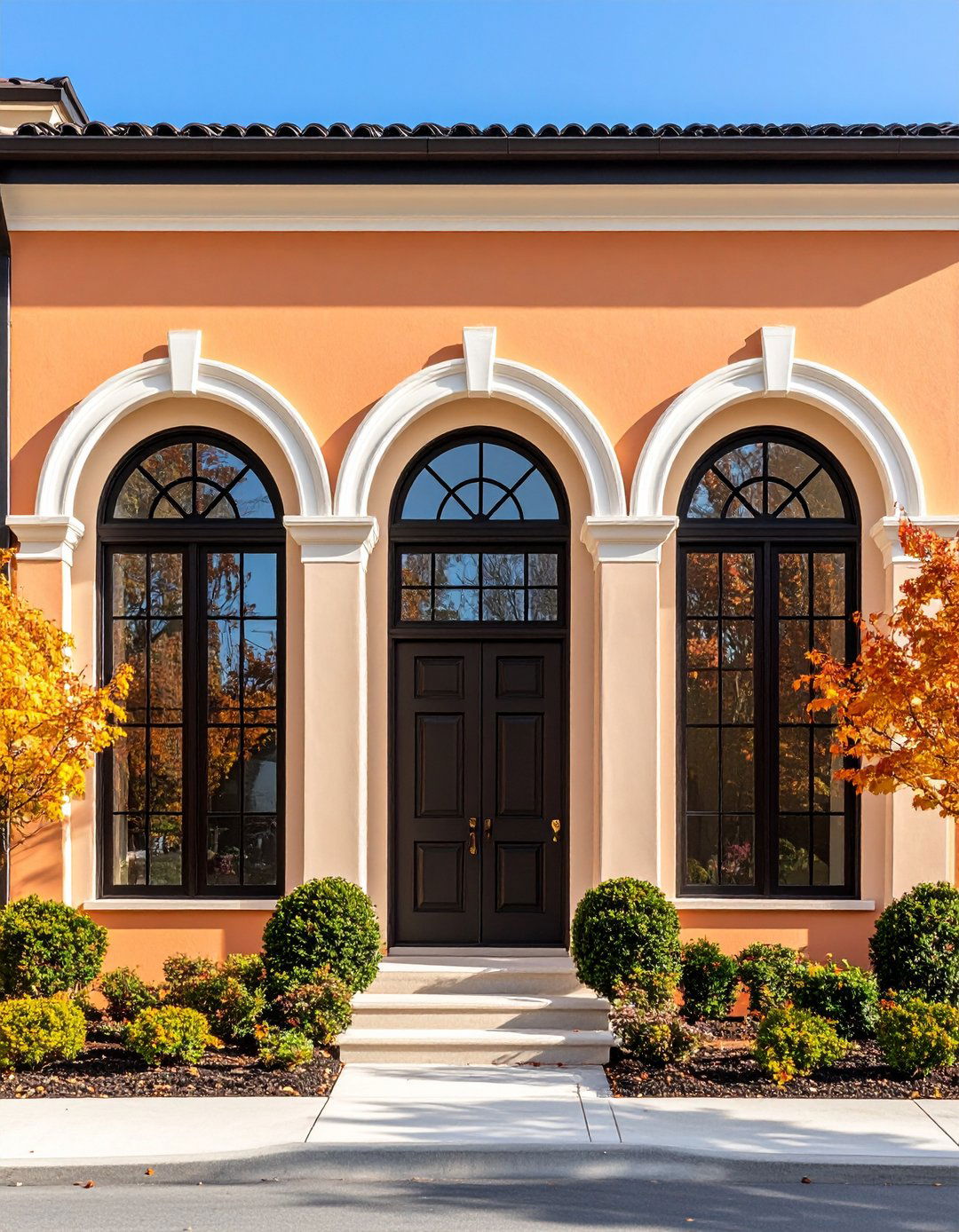
A mix of windows (including arched and hexagonal shapes) also helped define this look as 1980s designers experimented with non-traditional window configurations that added visual interest to contemporary facades. Create window groupings that emphasize horizontal lines, or install specialty shapes like circular or triangular windows as accent elements. The key is maintaining balance between different window sizes and shapes while ensuring adequate natural light penetration. Modern energy-efficient windows offer superior performance compared to 1980s installations, allowing you to capture the aesthetic while improving comfort and reducing energy costs. Consider how window placement affects both interior lighting and exterior composition, ensuring that each opening contributes to the home's overall design success.
17. Neutral Brick and Stone Combinations
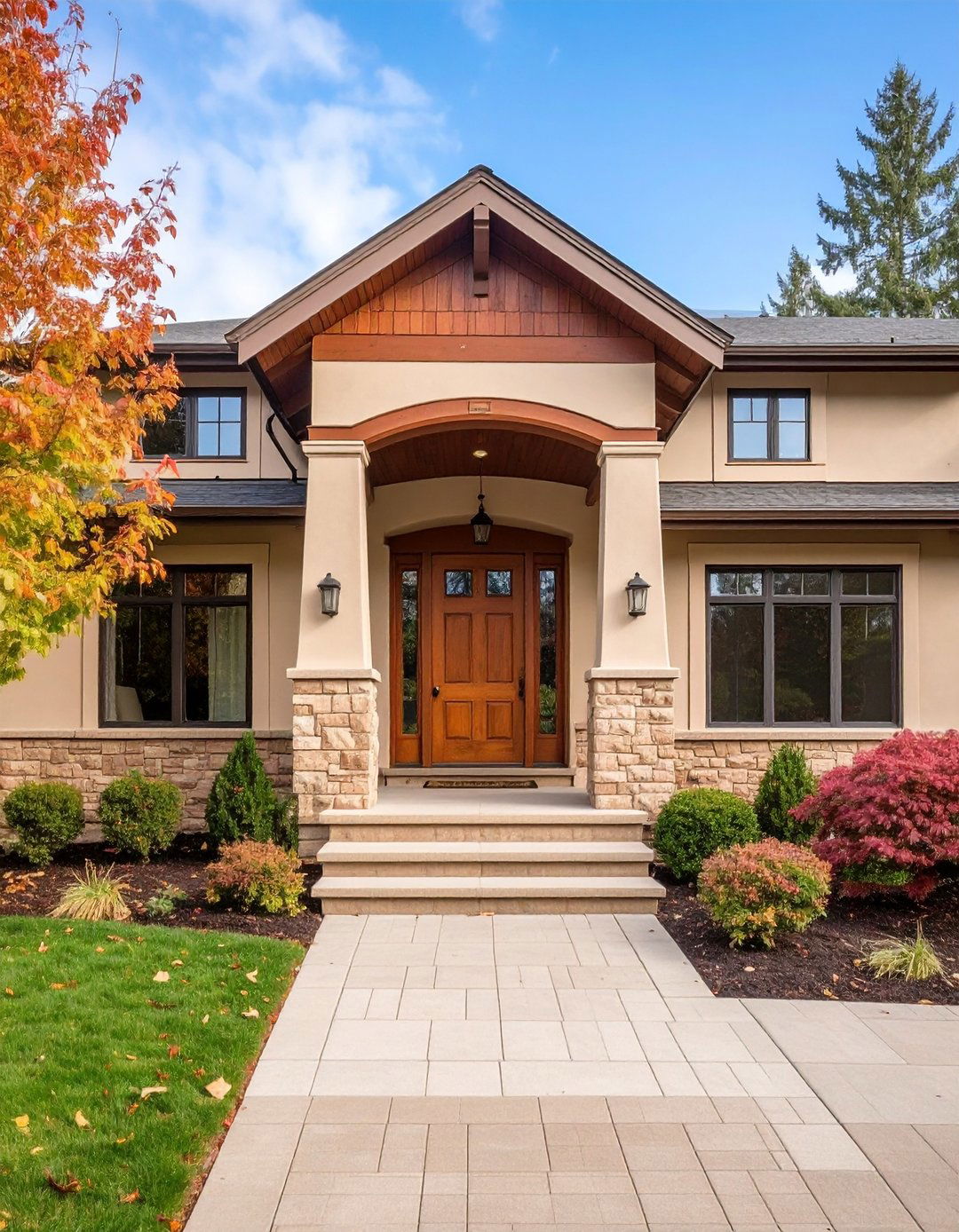
Brick was a popular choice for durability and low maintenance in 1980s construction, often combined with other materials to create sophisticated exterior compositions. Use brick in neutral tones like soft gray, beige, or warm tan, then combine with stucco or wood siding for visual variety. These combinations work particularly well for creating architectural zones, such as using brick for foundation areas while employing lighter materials for upper wall sections. The natural texture and color variation of brick adds warmth and character to contemporary designs while providing excellent durability. Modern brick options offer improved weather resistance and consistent coloring compared to original 1980s materials.
18. Flat and Low-Pitched Roofs
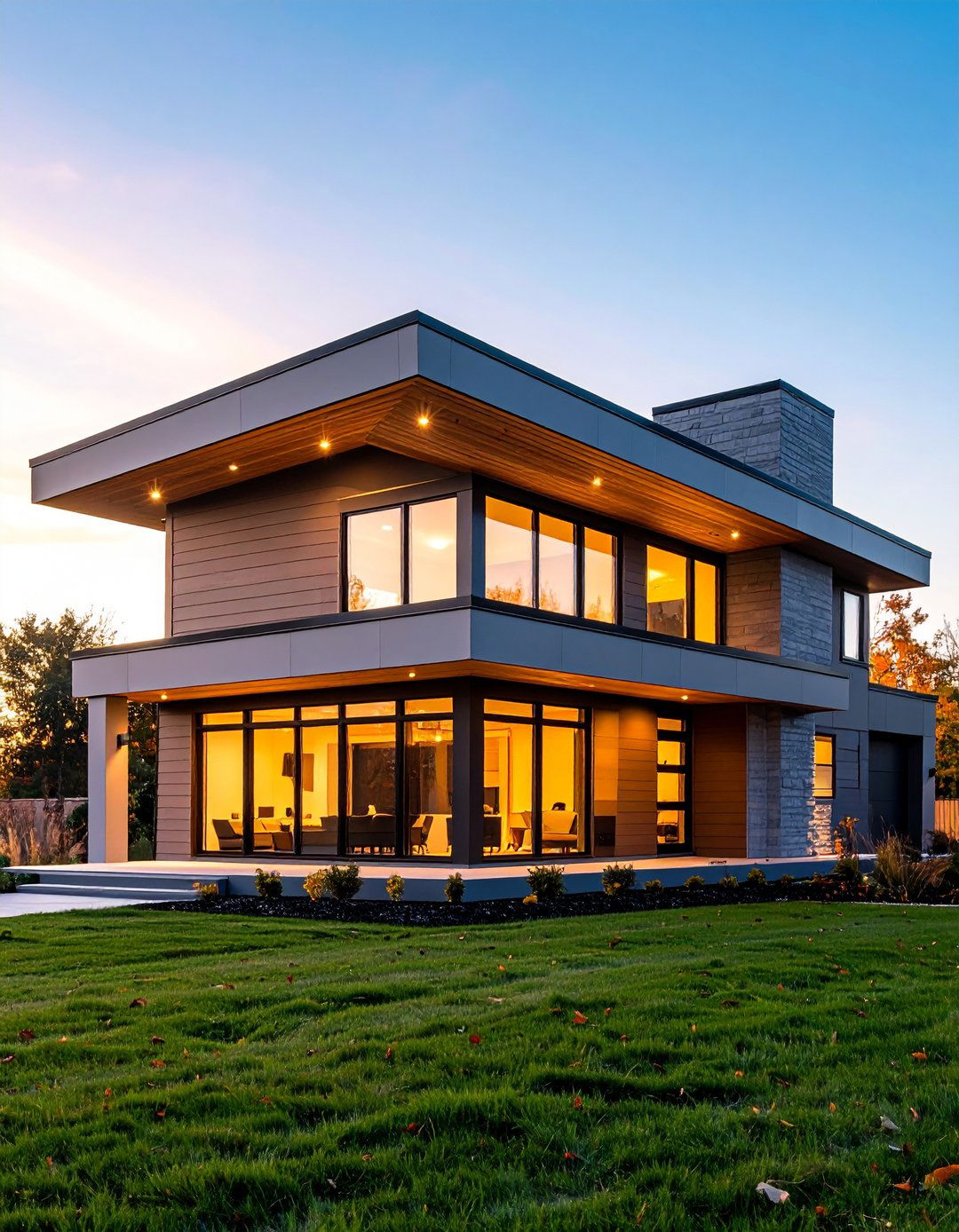
Low-pitched roofs in ranch and suburban homes became defining characteristics of 1980s residential architecture, emphasizing horizontal lines and contemporary aesthetics. These roof forms create clean, uncluttered profiles that complement modern siding materials and large window installations. Consider flat or very low-pitched roofs with concealed gutters and minimal overhangs to achieve that characteristic 1980s contemporary appearance. Modern roofing materials and techniques offer superior weather protection and energy efficiency compared to original 1980s installations. The simplified roof forms allow other architectural elements like interesting siding materials or dramatic window arrangements to take precedence while maintaining the decade's emphasis on clean, geometric design.
19. Iron Ore and Dark Charcoal Exteriors
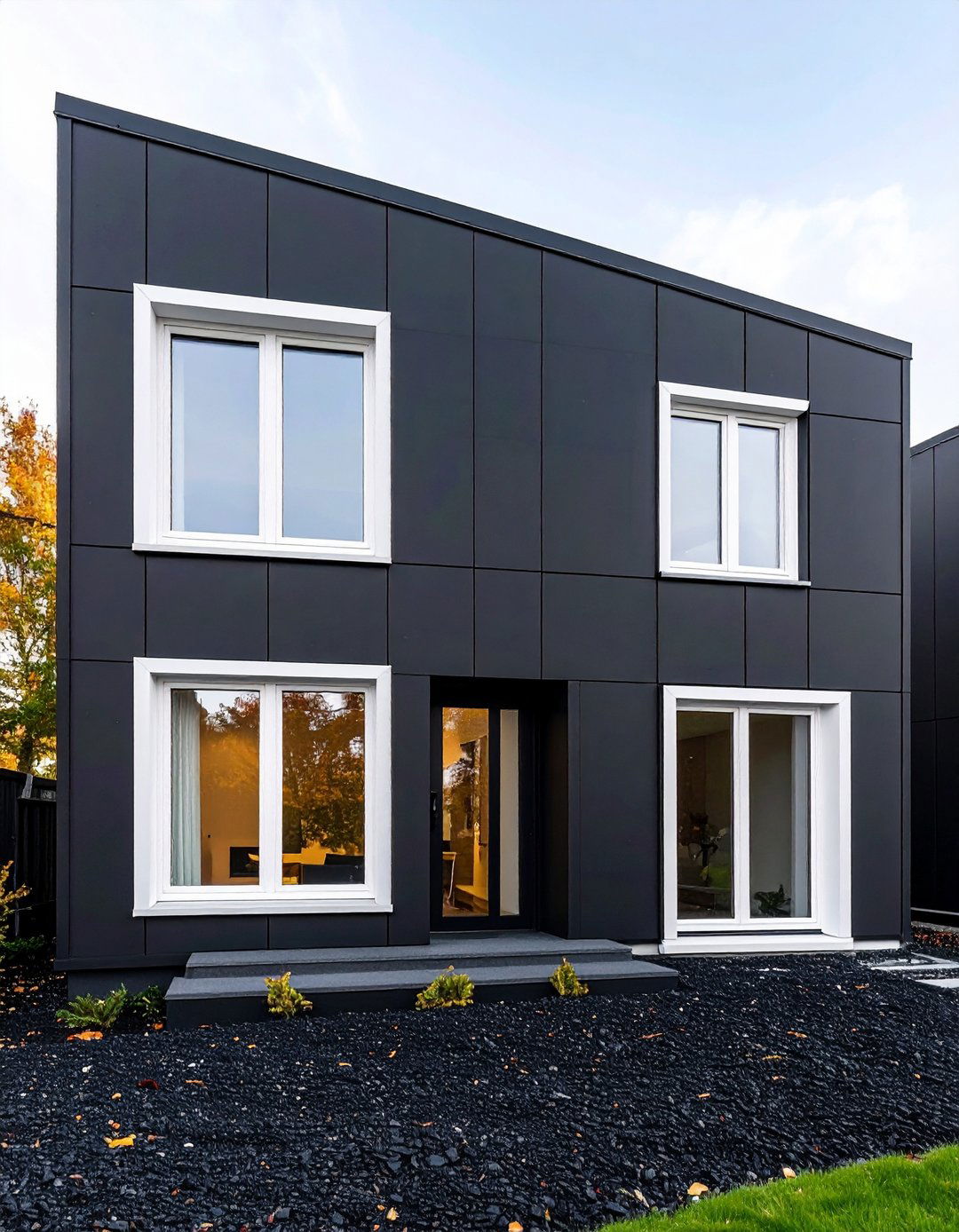
Sherwin-Williams Iron Ore completely transformed our 1980s contemporary by providing a sophisticated dark neutral that emphasizes architectural form while creating dramatic curb appeal. This deep charcoal color works exceptionally well with contemporary architectural styles, highlighting clean lines and geometric elements. Dark exteriors require careful consideration of trim colors and accents to maintain visual balance, but they create striking, memorable appearances that stand out in residential neighborhoods. Modern paint formulations offer superior fade resistance and durability compared to original 1980s dark colors, ensuring long-lasting beauty with minimal maintenance. The sophisticated appearance of dark neutrals complements both traditional and contemporary landscaping while providing a timeless backdrop for seasonal decorative elements.
20. Fiber Cement Siding Systems
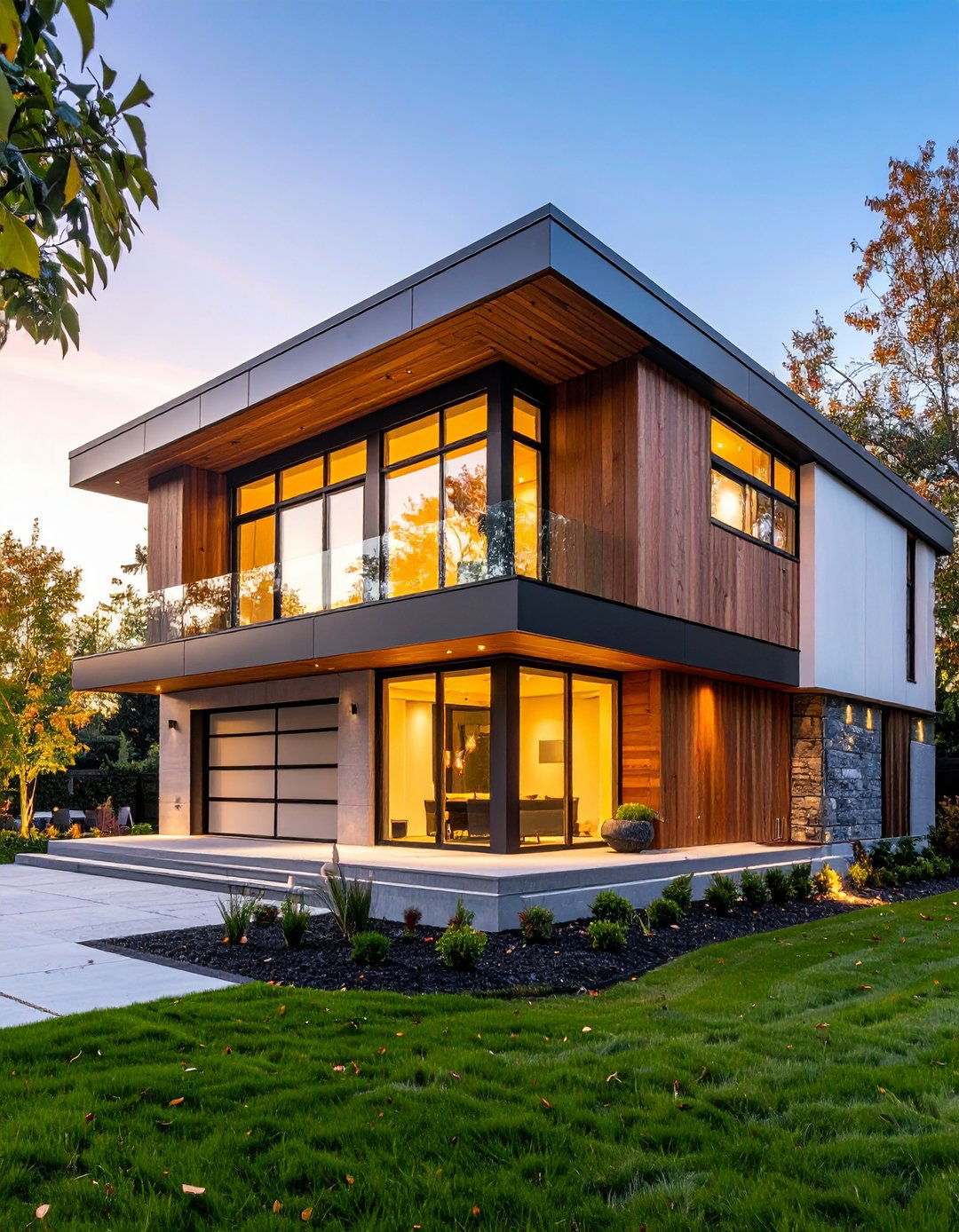
Fiber cement siding can be seen on newer homes built from the late 1980s to present date as this innovative material offered superior durability and design flexibility compared to traditional options. Choose fiber cement siding that mimics the appearance of wood, stucco, or other materials while providing enhanced weather resistance and lower maintenance requirements. The material's versatility allows for various textures and finishes that capture authentic 1980s aesthetics while offering modern performance benefits. Fiber cement siding maintains its appearance longer than many traditional materials, making it an excellent choice for homeowners seeking that distinctive 1980s look without the associated maintenance challenges. The consistent appearance and clean lines of fiber cement perfectly complement contemporary architectural styles while providing excellent long-term value.
Conclusion:
The enduring appeal of 1980s house exterior design lies in its perfect balance of bold innovation and sophisticated restraint. Contemporary style often used neutral stucco instead of traditional siding, with a mix of windows including arched and hexagonal shapes that created distinctive, memorable facades. These design principles continue to inspire today's homeowners who appreciate clean lines, quality materials, and thoughtful architectural composition. Whether you're updating an existing 1980s home or incorporating these timeless elements into a new construction project, the decade's emphasis on geometric forms, neutral color palettes, and innovative material combinations offers endless possibilities for creating stunning exterior designs that stand the test of time.


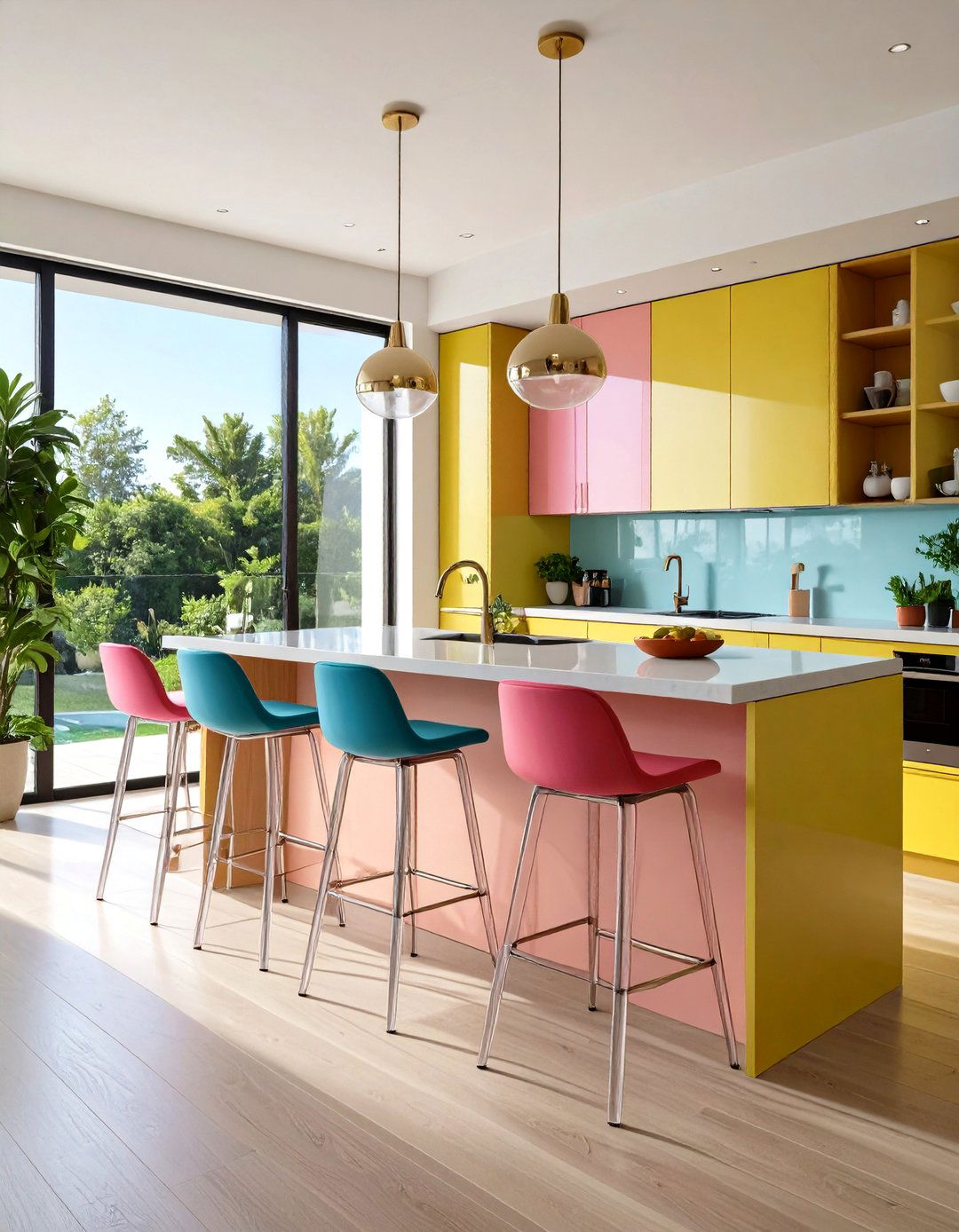
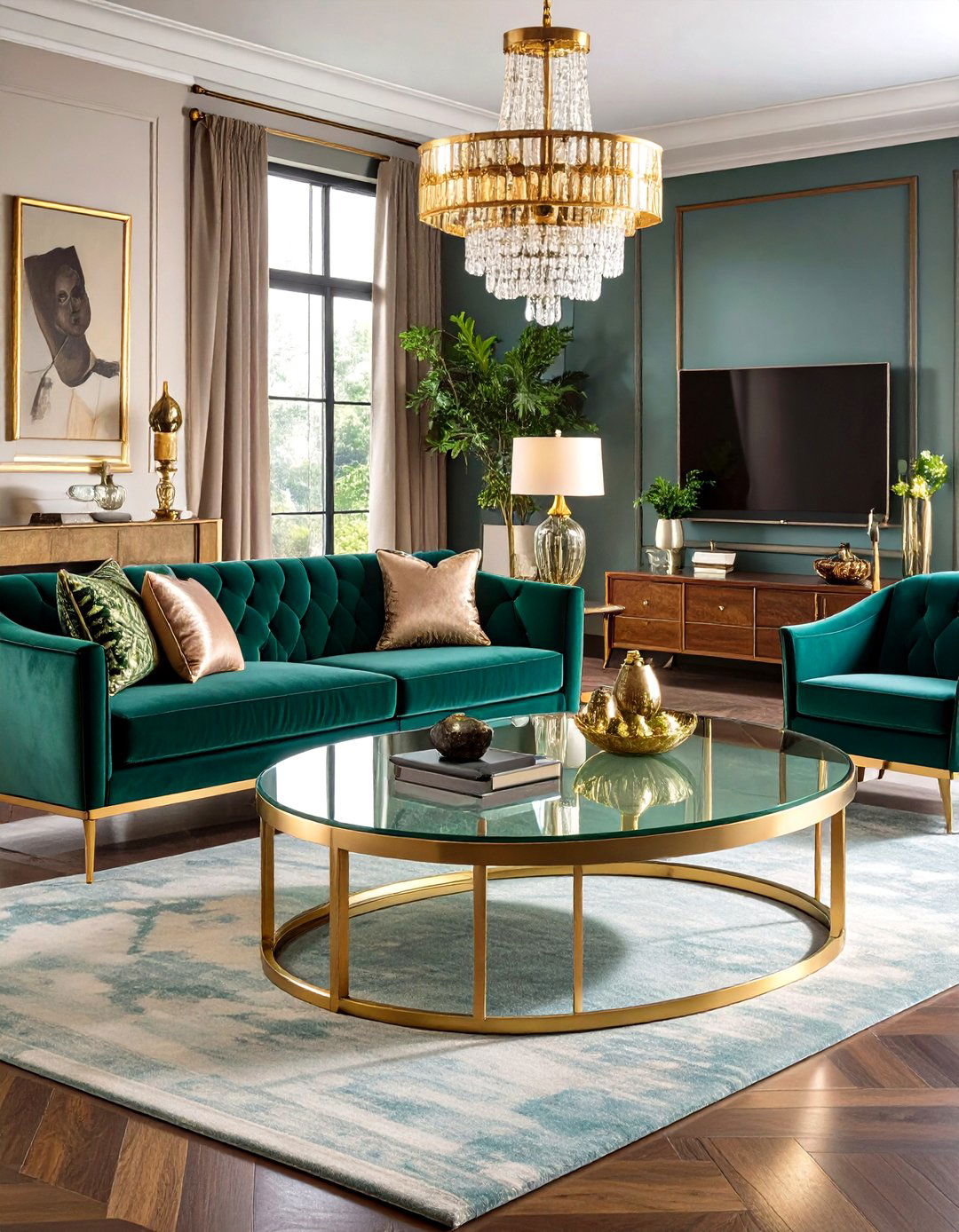
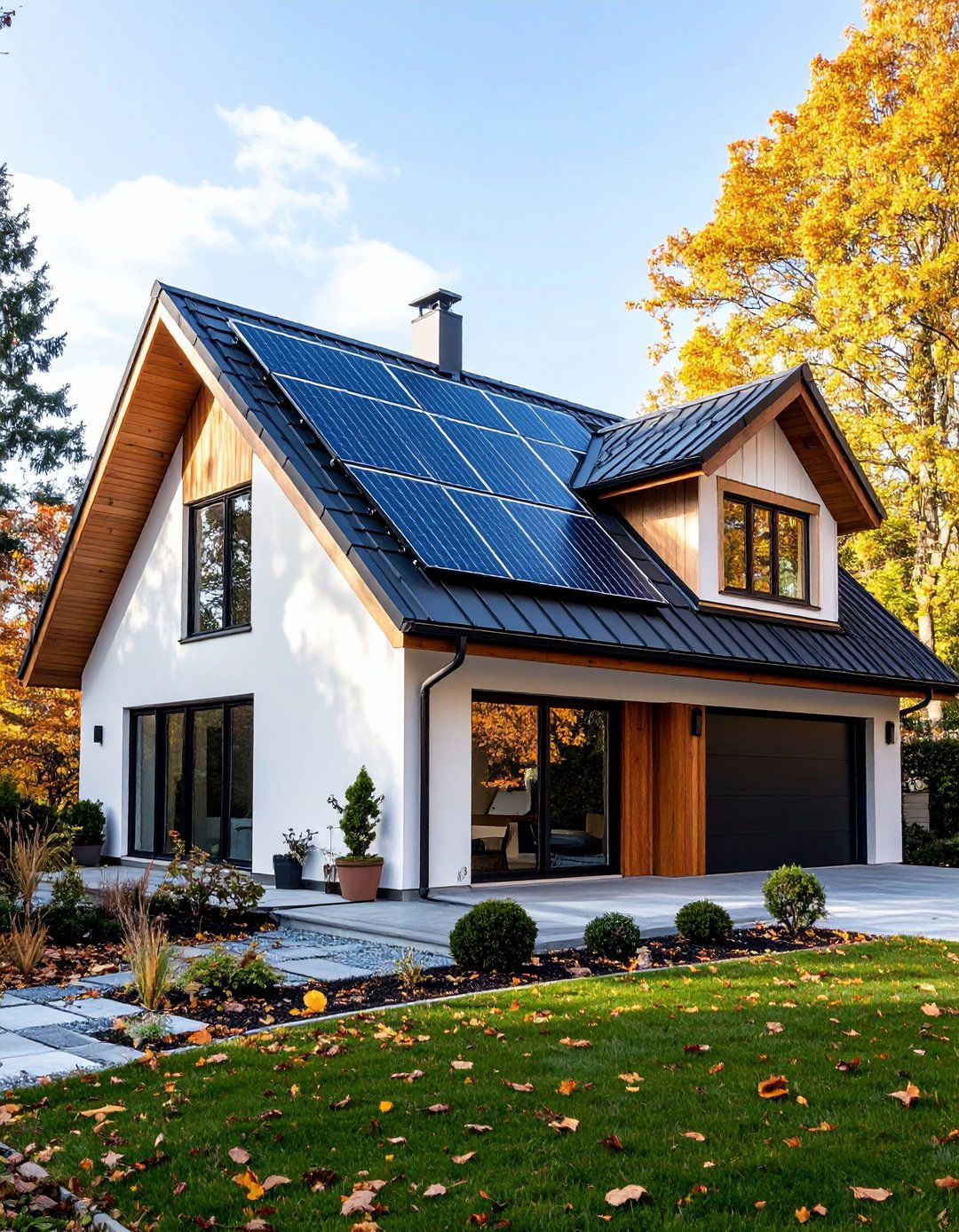
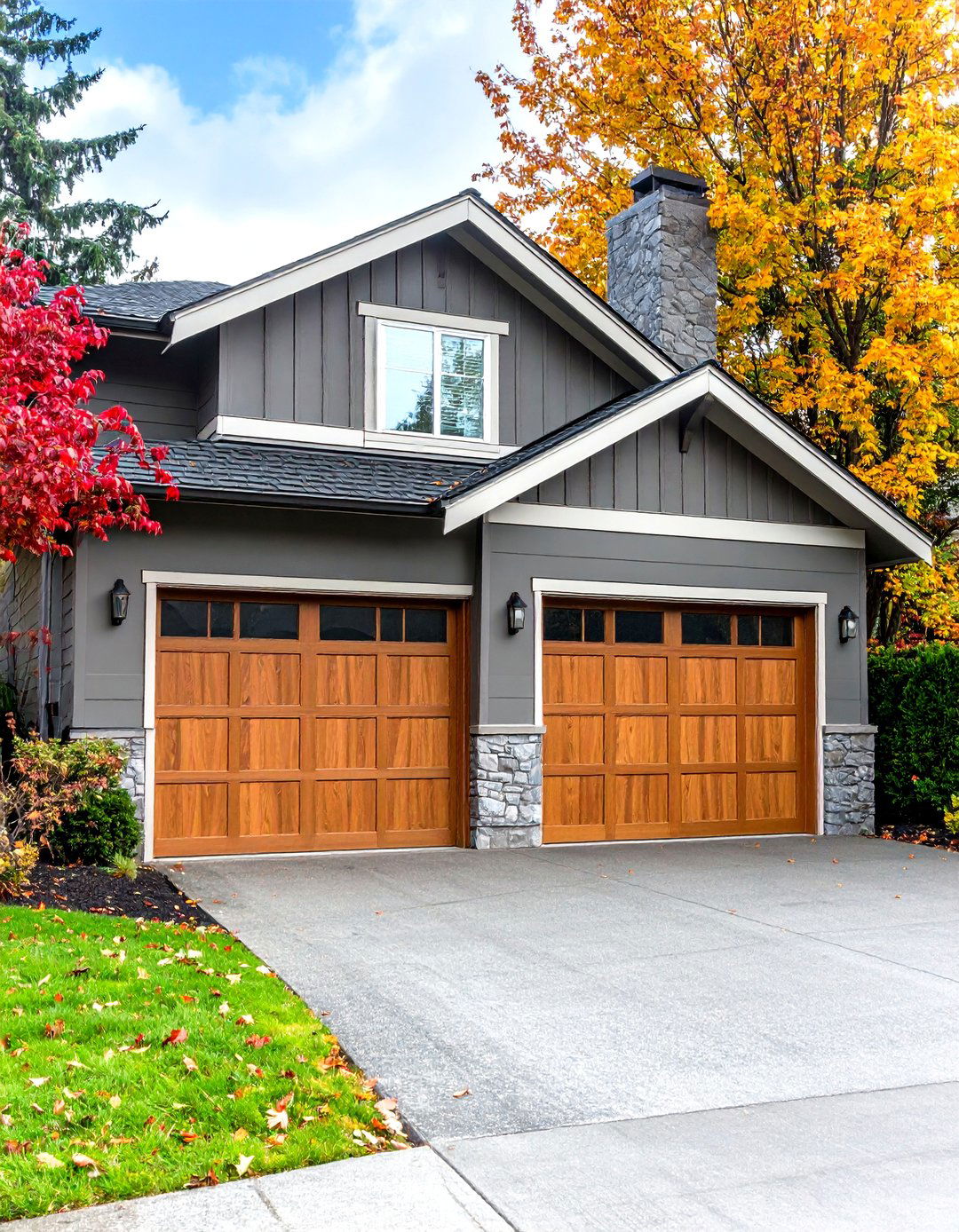


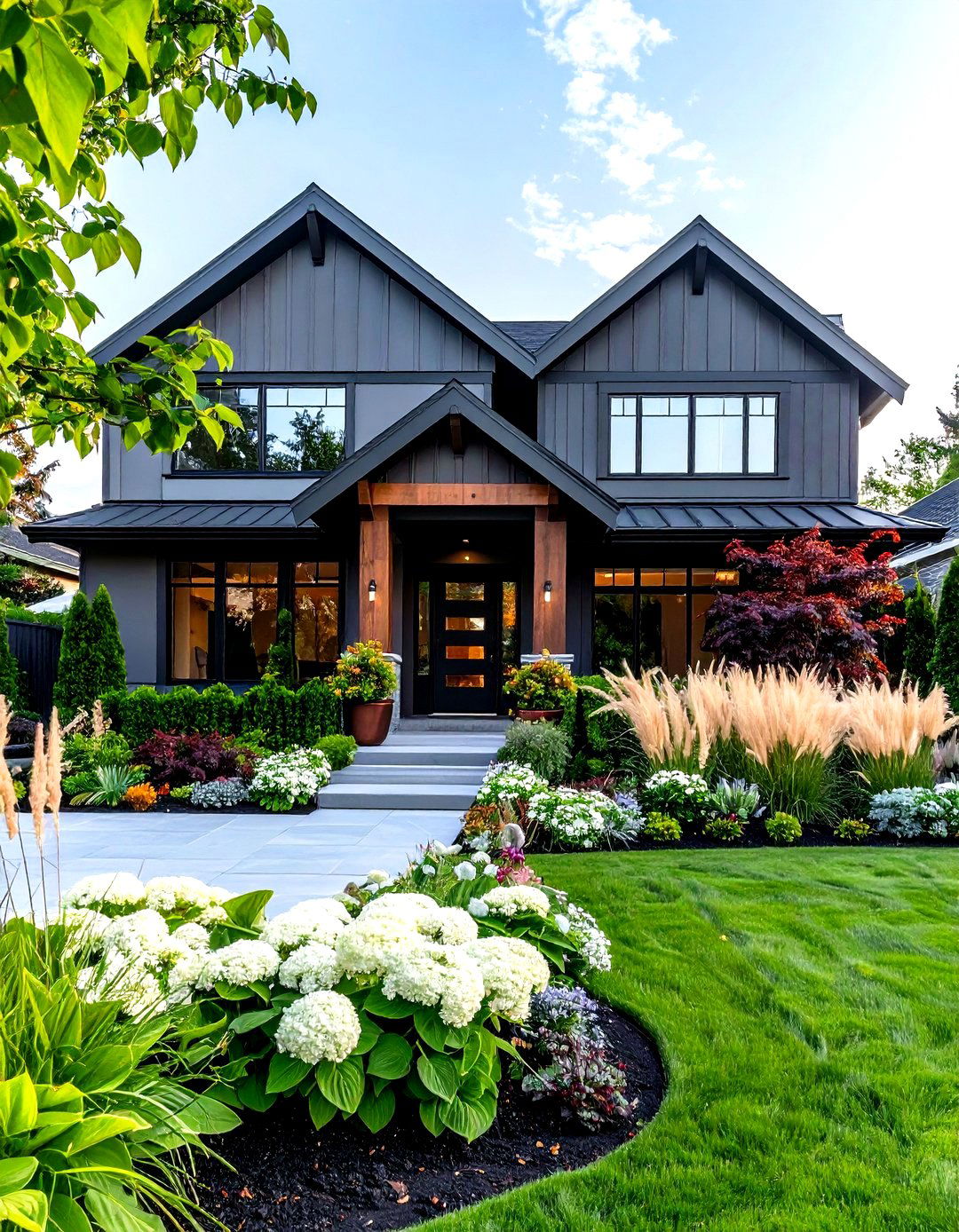
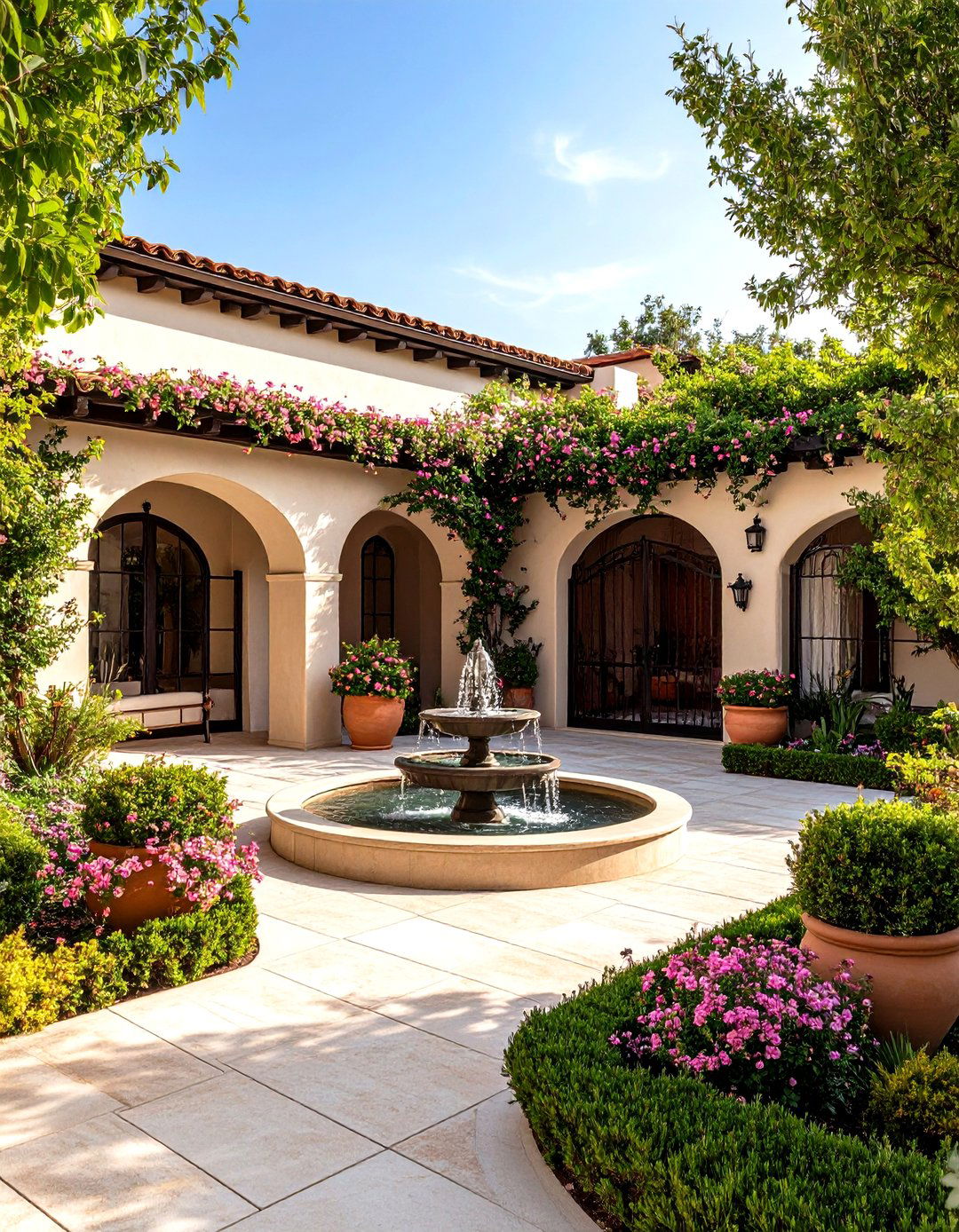

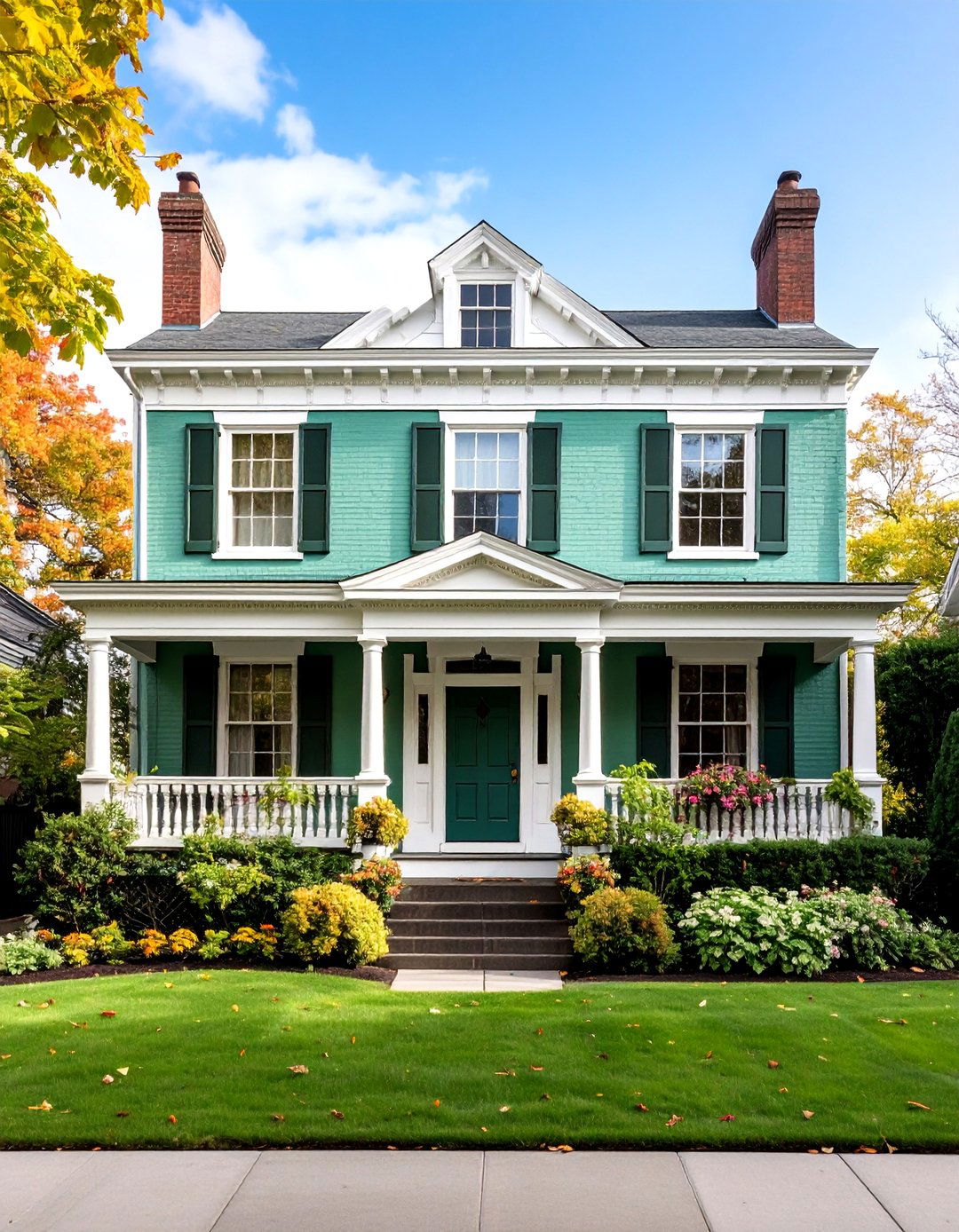
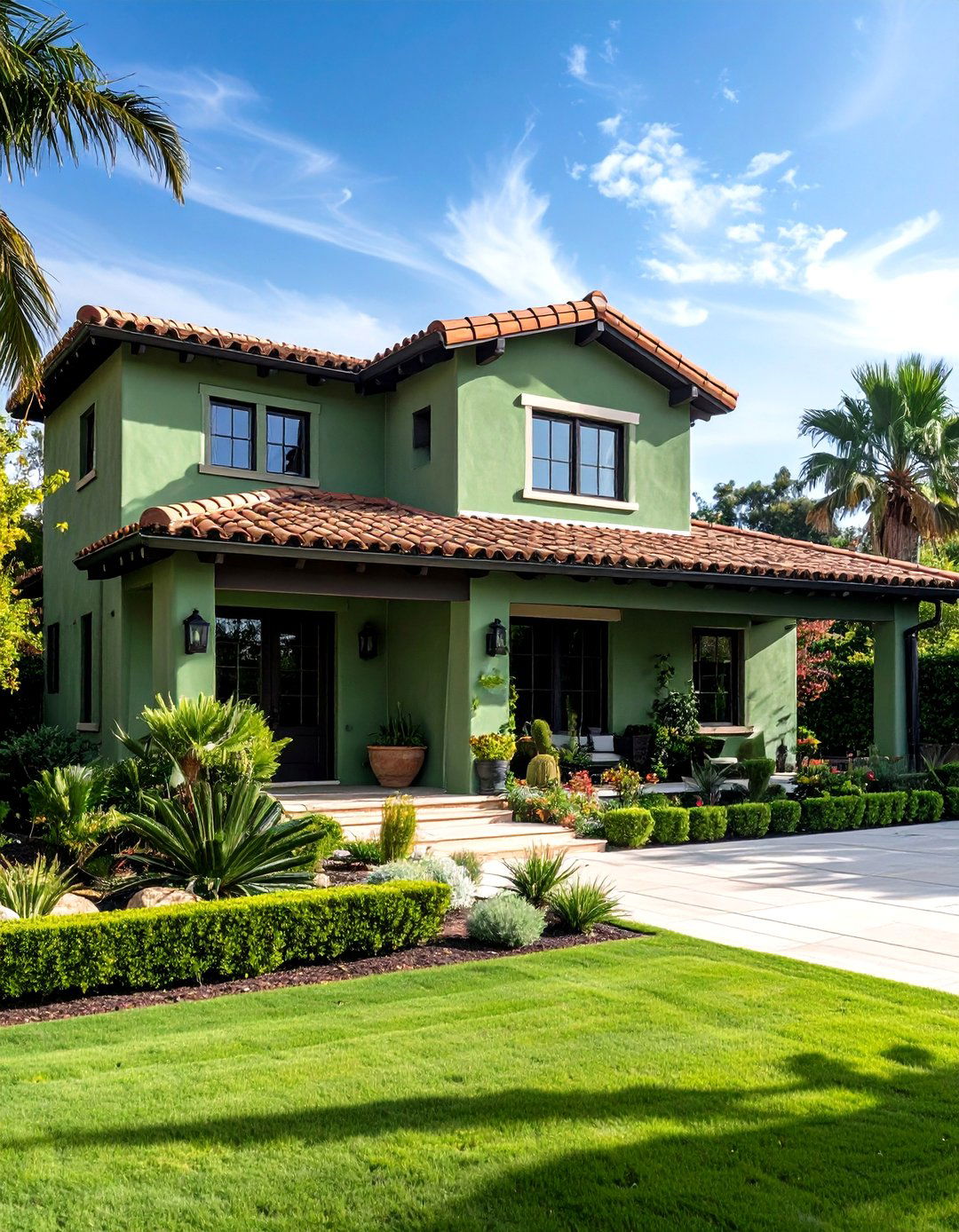
Leave a Reply